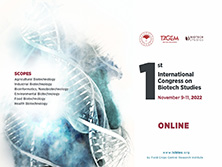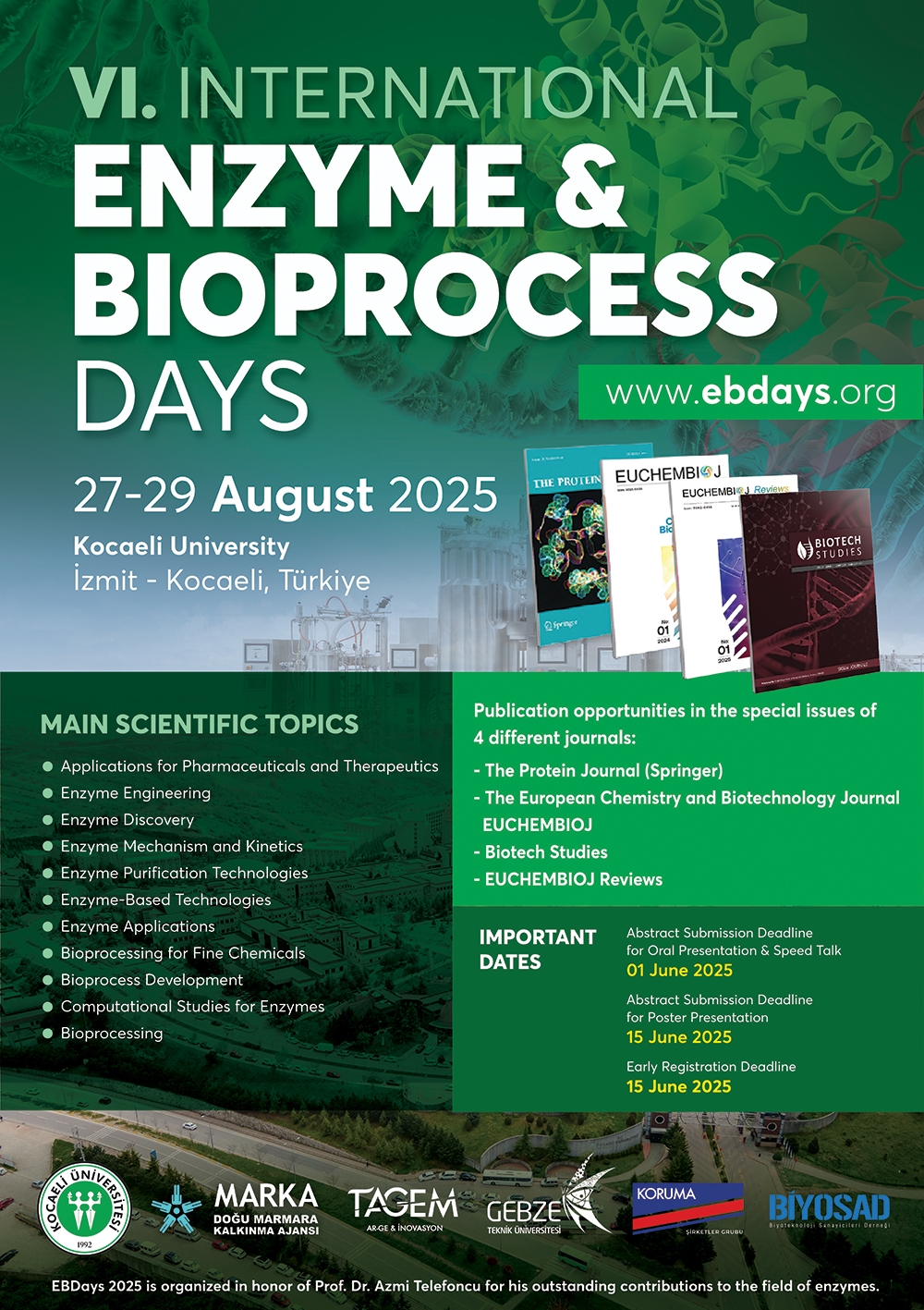Biotech Studies
2022, Vol 31, Num, 2 (Pages: 079-086)
Development of homozygous maize lines differing in oil and zein content using in-vivo maternal haploid technique
2 BAF Elektronik Yazılım Tarım San. ve Tic. A.Ş. 17100, Çanakkale, Türkiye DOI : 10.38042/biotechstudies.1221622 - This study was carried out in order to develop homozygous lines that differ in grain quality from the local maize population. Twelve different local maize landraces were used as donor materials in the study. These populations were subjected to induction crossing under greenhouse conditions in September 2020 with the ADAIL-I inducer line. In September 2021, a total of twelve haploid lines were grown in greenhouse conditions. Some plant traits and some grain quality characteristics were examined. Zein protein fractions were also analyzed with SDS-PAGE analysis. The haploid induction rates (HIR) of donor materials ranged from 6.08% to 11.71%. The average HIR value of the ADAIL-I inducer line was determined as 8.20%. The average value of plant height of developed lines varied between 123 cm and 250 cm; first ear height between 54 cm and 120 cm; stem diameter between 0.7 cm and 1.2 cm; crude oil content between 2.39% and 7.54%; oleic acid content between 15.34% and %30.98; linoleic acid content between 50.4% and 67.8%; protein content between 6.75% and 13.74%; and zein content between 4.58% and 5.04%. Some the homozygous lines carry the desired protein bands in terms of zein fractions. Keywords : Homozygous pure lines Chromosome doubling Kernel quality Zea mays
















